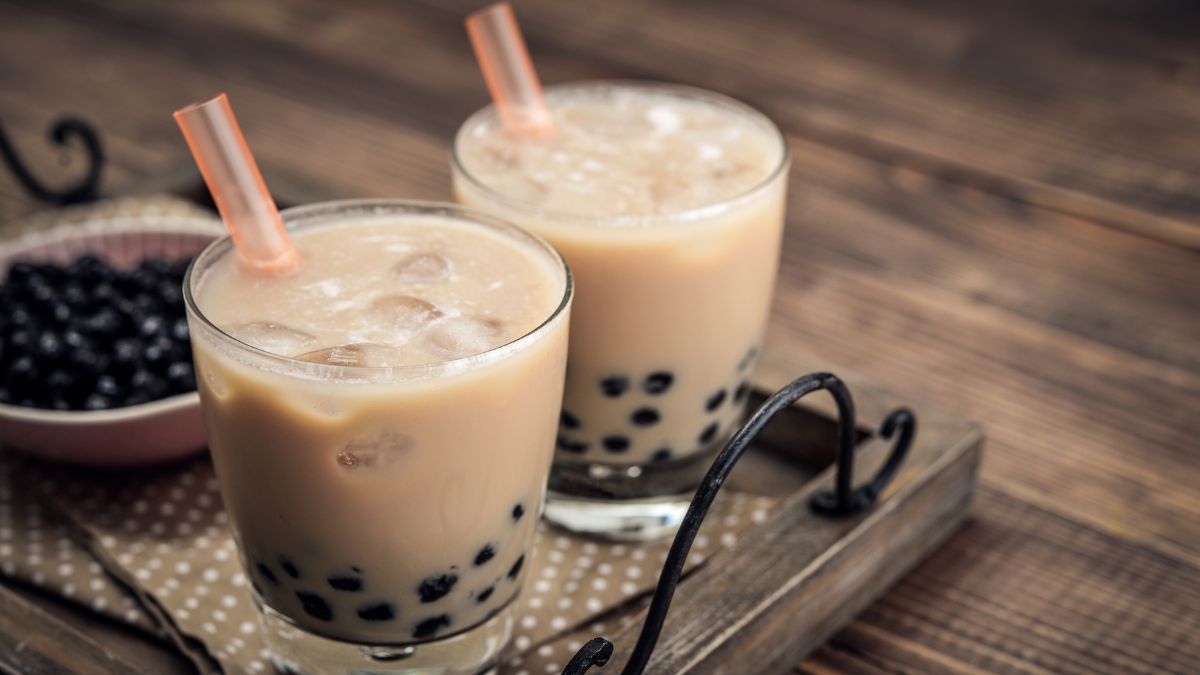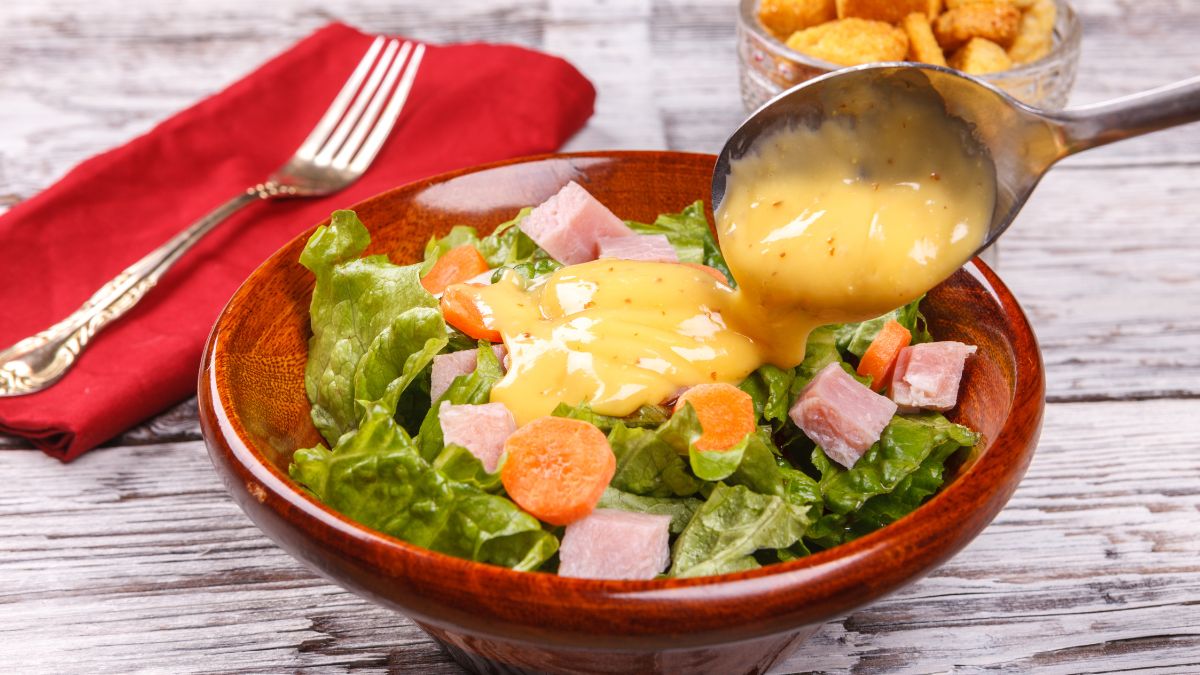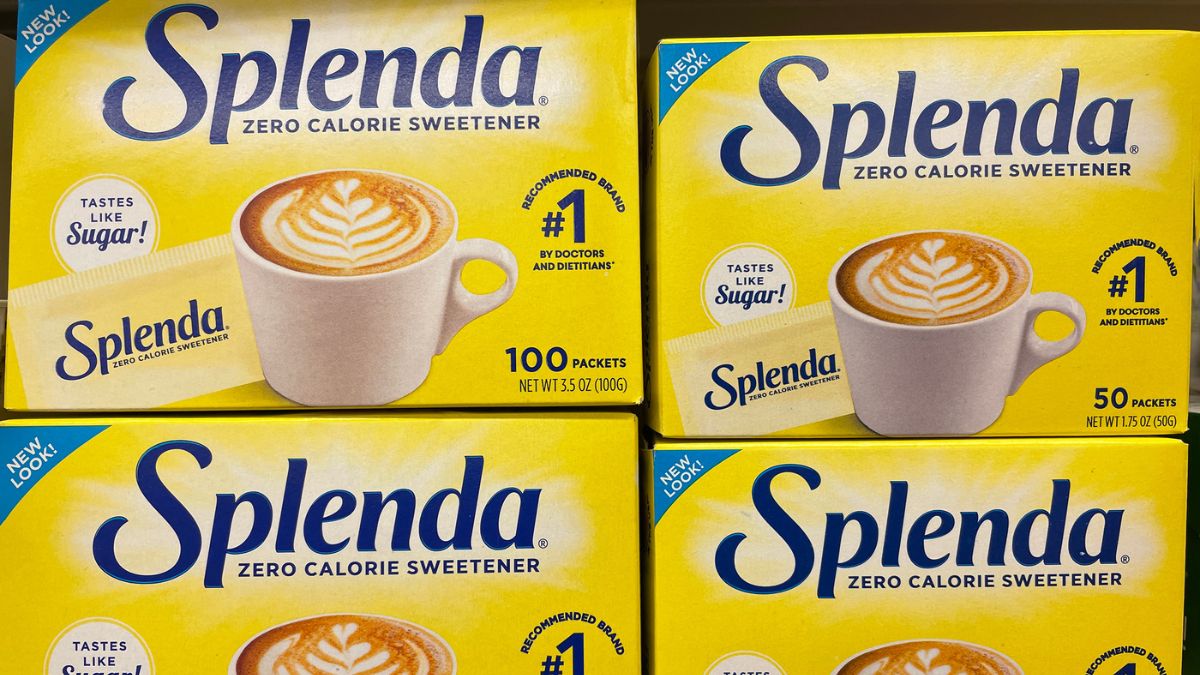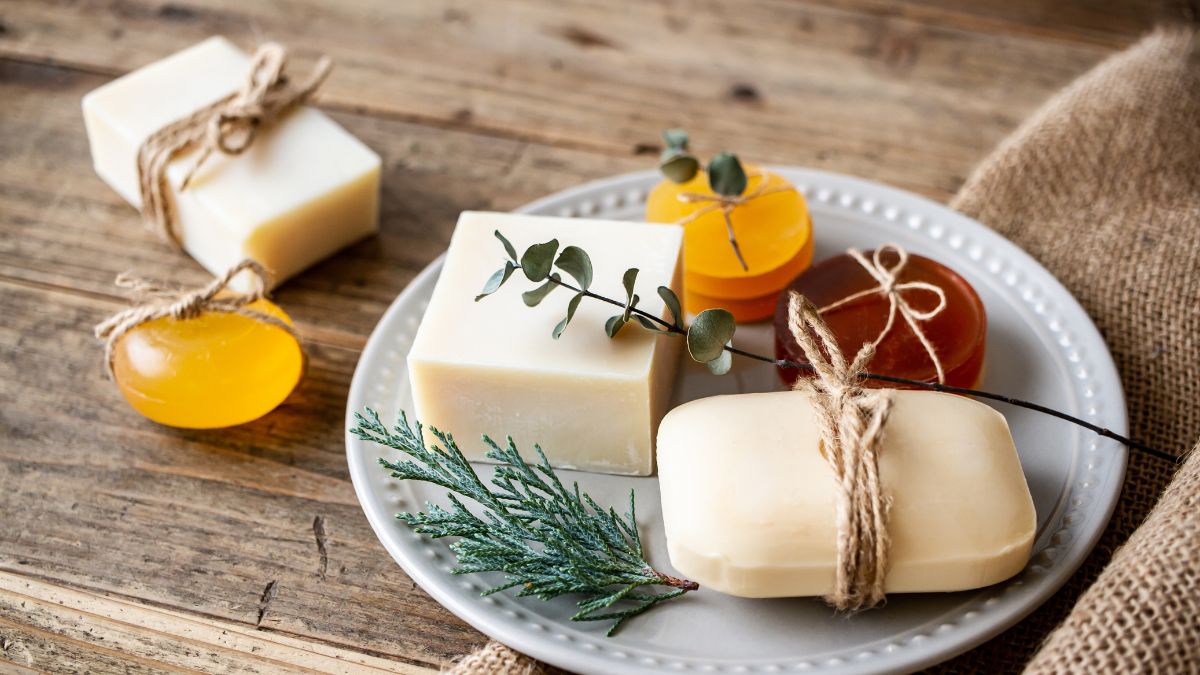Answer: It depends.

Bubble Tea can be either vegan or non-vegan. Some are made with honey or milk to sweeten them, which makes them not vegan-friendly.
Bubble Tea, anyone? It’s one of the most popular drinks nowadays, and I love it too. I mean, the vegan-friendly one.
Bubble tea traditionally features key ingredients like honey, milk, and sugar, but for those seeking vegan-friendly options in 2025, there are plenty of alternatives to enjoy. Many bubble teas now use tapioca pearls sweetened without honey, making them suitable for vegans. Additionally, popular additions like grass jelly are naturally vegan and offer a delicious, plant-based twist to this beloved drink. Whether you’re exploring vegan bubble tea recipes or looking for inclusive bubble tea shops, these options ensure everyone can indulge in this trendy beverage. For more on vegan bubble tea choices, check out this guide on vegan options at Vivi Bubble Tea.
Do you love bubble tea as much as I do? Let’s go check more about it!
What Is Bubble Tea?
In the early 1980s, Taiwan introduced bubble tea into the market. It’s a tea-based drink often made with grass jelly, red bean, aloe vera, and tapioca balls as the main topping.
Bubble tea is also known as bubble milk tea, pearl milk tea, boba tea, tapioca milk tea, or simply boba or milk tea.
Chun Shui Tang founder Liu Han-Chieh visited Japan in the 1980s and noticed the coffee was served cold there. It inspired her to serve tea cold when she returned to Taiwan, which was well-received by many consumers.
Chun Shui Tang’s product development manager claimed that she made the first bubble tea in 1988 when she put boba or tapioca balls into her tea during a company meeting.
She persuaded everyone in the meeting to try it. They love its unique taste and started bubble tea’s production, becoming the company’s best and top-selling product.
Another story claiming the creation of the first bubble tea is The Hanlin Tea Room’s owner Tu Tsong-he. It is said that he was mesmerized seeing the white tapioca balls at a local market.
He then decided to make tea, which is now known as “pearl tea,” which consists of tapioca balls.
Bubble tea rose in popularity in the 1990s when it became known all over East and Southeast Asia, especially among youngsters. People would wait for an hour or so just to buy bubble tea.
Over time, many bubble tea versions have evolved, adding more toppings and sweeteners like milk and honey. These versions have spread worldwide, engaging many consumers to try flavored bubble tea.
In 2020, it was officially declared in Taiwan that the date April 30 is National Bubble Tea Day. Bubble tea has now become the country’s icon in the food industry as part of its culture and people.
It was also proposed that an image of bubble tea be used as the Taiwan passport’s alternative cover design.
Bubble Tea Can Be Vegan Or Non-Vegan
In the early days, bubble tea was known for its Taiwanese black tea, condensed milk, tapioca pearls, syrup, or honey. The ingredients are apparently not vegan-friendly.
However, as the years come by, many versions have been made, such as the addition of jelly in different flavors, bean paste, and the omission of condensed milk. Others would use vegan milk or no milk at all for vegan purposes.
Boba, also called tapioca balls, are the key ingredient in bubble tea. And even if others would use sago as a substitute, bubble tea isn’t the same as tapioca balls.
Tapioca balls are often vegan because they’re only made with flour or tapioca starch, water, fruit juice, sugar, and Alginic acid, which is sourced from brown algae.
The tapioca balls used in bubble tea are soaked in syrup like a sugar solution to sweeten them. However, some pearls are soaked in honey, which makes them not vegan-friendly.
Is the sugar used in Bubble Tea vegan?
Many sugar production companies use bone char in the filtration and refining process. Also known as natural carbon, bone char is made out of animal bones and is used to get rid of the impurities in sugar production.
This is the major reason why many picky vegans don’t just use any sugar. If you want to know whether the sugar in the supermarket is vegan-friendly, look for the label organic or unrefined.
They’re mostly certified by the USDA as organic, meaning they’re vegan. According to PETA, coconut and beet sugar never undergo the process with bone char.
Many vegans would just use sugar whether or not they’re labeled organic or unrefined. But picky vegans are strict about it.
So generally, boba or tapioca pearls are vegan-friendly except when honey is involved as a sweetener. The best thing to do is ask. Because we never know how bubble tea and tapioca balls were made.
There are many small shops nowadays that offer both vegan and non-vegan bubble tea. They have a great selection of bubble tea where you can either omit or add toppings according to your preference.
Bubble Tea Vegan Toppings
Luckily, most bubble tea toppings are vegan-friendly, especially jelly. Many flavors are vegan, which is great for making bubble tea.
Boba or tapioca balls are often dark or black in color due to the brown sugar solution used in soaking. But apart from boba, these toppings are also popular in bubble tea.
- Jelly. This comes in many different shapes, such as rectangular strips, stars, and cubes. These are also common in bubble tea. Flavors include lychee, coconut jelly, konjac, grass jelly, coffee, mango, and green tea.
- Popping Boba. These are spheres also used as toppings in bubble tea, which have syrup or fruit juices in them. Flavors include strawberry, mango, coconut, honey melon, kiwi, and many more.
- Bean. Do you notice that tasty paste in your bubble tea? That’s a bean paste mostly made from mung bean, Azuki, or red mung bean. The bean paste adds the bubble tea texture and subtle flavor.
- Aloe. This is made as jelly and has become one of the popular toppings in bubble tea. It gives a refreshing taste to the drink with a little sweetness.
- Sago. Sago is extracted from many different tropical palm stems. Some would use sago instead of tapioca balls in bubble tea.
Non-vegan bubble tea also uses egg pudding as a topping. This is also famous in bubble tea alongside the bean paste.
Also known as custard, egg pudding is made with milk, sugar, and eggs. And hey, it’s delicious, but it’s not vegan.
Some shops would also put cheese foam or similar to whipped cream, and even milk to bubble tea. This gives the drink a little bit of a salty taste.
When it comes to the sugar and ice level, most shops give customers the option to choose between 25%, 50%, 75%, or 100% for sugar, and no ice, less ice, and normal ice for ice level.
Health Risks Of Bubble Tea
In the face of bubble tea’s popularity over the years, some hospitals and health experts have warned the public about the possible adverse health effects of drinking bubble tea.
This is due to the sugar content many consumers have failed to acknowledge because bubble tea is simply delicious and tasty. Toppings are the culprits of these health risks, increasing the fat and sugar content of bubble tea.
Excessive fat and sugar intake over time increase the risk of chronic diseases despite the health benefits of green tea and black tea.
Another concern is the high-calorie content of bubble tea because of tapioca balls. As per USDA, every 100 g of tapioca balls gives a whopping 358 calories.
An estimated 700 ml of bubble tea with toppings, including tapioca balls, gives 455 calories. According to health experts, a healthy snack should only produce between 150 to 300 calories.
For bubble tea, it’s not the case because of the whopping high-calorie content. And sometimes, the famous drink is paired with other snacks like burgers and sandwiches, adding more calories.
So to keep things healthy, if your cravings go crazy for bubble tea, get the smallest size of the drink, and ask to cut down on tapioca balls in your drink. You can’t consider cheese or milk since these are not vegan unless almond or soy milk is offered.
Most of all, don’t do this every day. Always consider a healthy snack other than a bubble tea that steals your healthy food hacks.
The Bottom Line
Bubble tea is either vegan or not vegan depending on how the toppings were made, particularly the tapioca pearls.
If you’d like to know more about tapioca pearls, I have a comprehensive write-up about it in this separate article.
Nonetheless, consider having bubble tea at least once or twice a week if it’s one of your favorite drinks. Reducing sugar and calorie intake makes things a whole lot easier for you.
There are many different snacks that you can consider as long as they’re healthy and enjoyable. Or you can make your own snacks at home. It’s fun and more satisfying!




